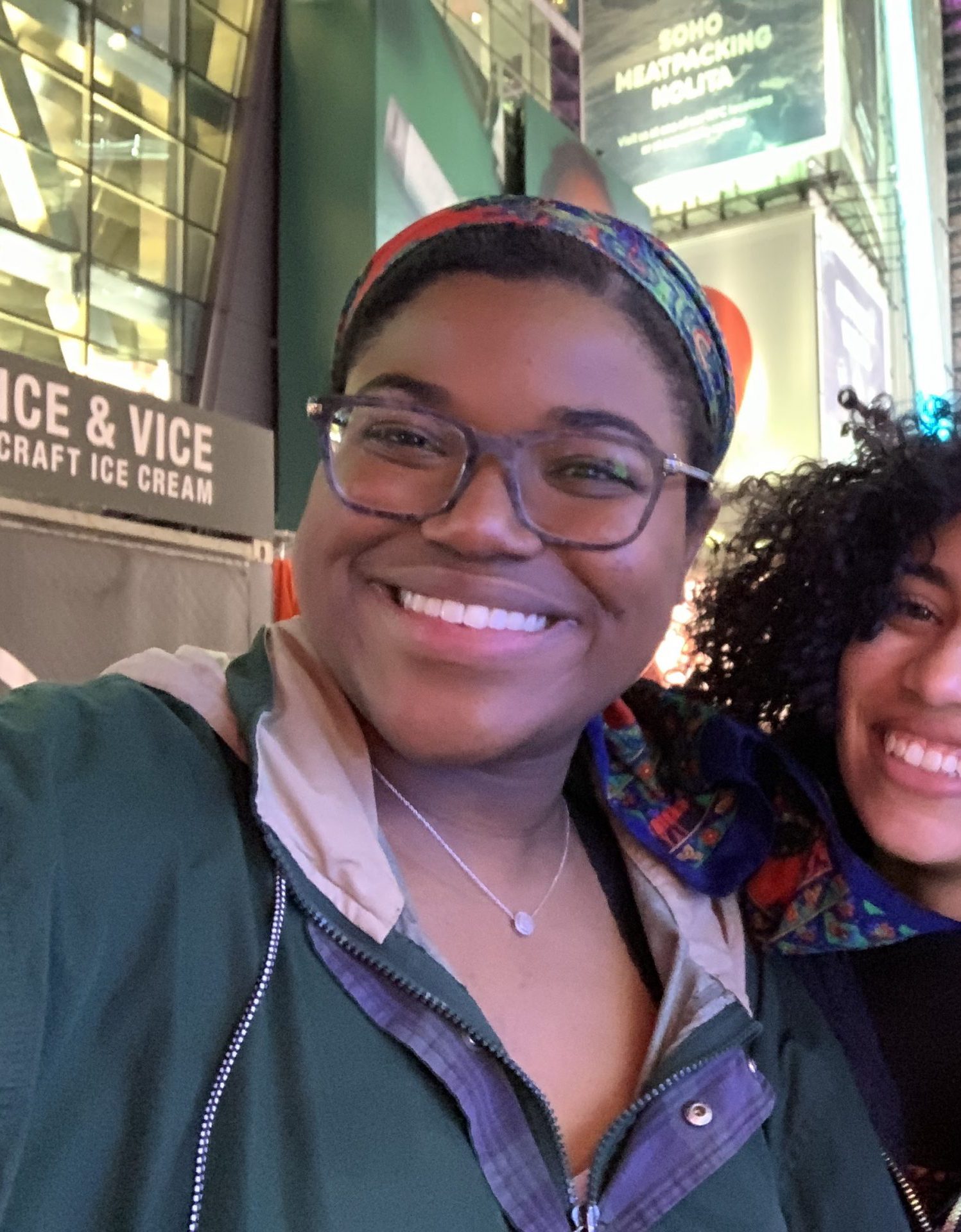- A large portion of the research I’ve conducted during my time at Pitt is in the realm of social science. In the Coursework section, I provided links to the research I’ve done, but I will add them to this section, so everything is in the same place. I’ve done natural science research on bacteriophages in my SEA-Phages bio lab and the research I am currently doing at UPMC Children’s.
- Social Science Research:
- I focused primarily on the realm of community engagement
- The main issue I ran into while conducting my research was that there isn’t tangible data to base this research on. It could’ve been predominantly through anecdotal or in-person interviews, but I feel like that would only tell one side of the story.
- I worked with Everett Herman while I was an ACT Fellow. Unfortunately, the research didn’t give me the results I wanted. Which again is mainly a reflection of not having enough data and COVID. However, based on the work I did with Everett, I decided to extend the research I did with him and use it for my Urban Seminar Final Research Project.
- Even for the final research paper I created for my Urban Seminar course; there still felt as though something was missing. So the research I had been working on cultivated into a grant proposal to have the school start doing evidence-based research on their community engagement initiatives. This is to ensure that the work being done produces data that can reflect if the initiatives in place to engage with our local communities are actually beneficial for the community on a large and small scale.
- I focused primarily on the realm of community engagement
- Natural Science
- Studying Bacteriophages
- The work was predominantly individualized until I worked in the bioinformatics sector of bacteriophages. That work was split between group members because we were tasked with
- Working with kids who have systemic or localized Scleroderma, but my work with scleroderma is not heavily based on research (at least not my role).
- Working in a hospital has shown me the dynamics of hospitals and who can and who can’t receive treatment. It’s another space for politics, and like many things as I’ve learned over the years inequities and inequalities are rampant.
- Studying Bacteriophages
Research
Research Projects
-
SEA-Phages: This was the first semester of learning and research about Bacteriophages
https://docs.google.com/presentation/d/1TAA5Z_8SAzwcFC1DpJIN7mFFAxay-72riFF5YDVueeM/edit?usp=sharing
SEA-Phages Bioinformatics: This was the second semester of phage labs, where we used bioinformatics to understand the diversity of phage populations.
-
This research paper was the original basis for the rest of my research papers. It was a paper that was difficult to write and I had a lot of trouble with it, but it’s my baseline.
https://drive.google.com/file/d/1t9XlVqj72JCKMA_IeYrt2hInlrtdi6ZM/view?usp=sharing
-
In this research project, the simple meanings of public vs. private spaces were used to understand how urban universities influence these spaces. In turn, it questions the impact it has on lower-income communities that are neighbors to three major universities in Allegheny County; The University of Pittsburgh (Pitt), Carnegie Mellon (CMU), and Duquesne University.
-
Due to the neoliberal framework, the United States has been operating under; there is an overwhelming amount of inequalities and inequities marginalized communities are enduring, attributed to socioeconomic stratifications between the individual and the collective. This divide is explored through the realm of education, through an analysis of the importance of social capital, and how urban anchor institutions can further develop and serve the communities they are embedded in.
